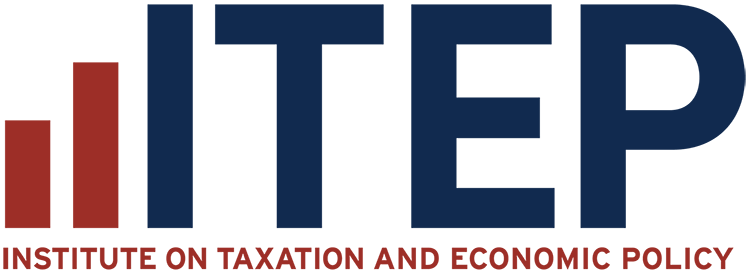
Publication Search Results
“High Rate” Income Tax States Are Outperforming No-Tax States
Kansas Governor Tax Proposal: Wealthy Kansans Pay Less, Poor and Middle-Income Kansans Pay More
Building a Better Gas Tax
Corporate Tax Dodging In the Fifty States, 2008-2010
Corporate Taxpayers & Corporate Tax Dodgers
Costs of Personal Income Tax Repeal in Kansas
Tax Expenditures: Spending By Another Name
Lawmakers often provide targeted tax cuts to groups of individuals or corporations in the form of special tax breaks–including exemptions, deductions, exclusions, credits, deferrals, and preferential tax rates. These tax breaks have long been called “tax expenditures” because they are essentially government spending programs that happen to be administered through the tax code. However, tax expenditures are usually less visible than other types of public spending and are therefore harder for policymakers and the public to evaluate. This policy brief surveys the difficulties created by tax expenditures, and describes options for better integrating them into the normal budget process.
Cigarette Taxes: Issues and Options
Efforts to increase sales and income taxes usually face some opposition. Yet in many states, lawmakers have been able to agree on one approach to revenue-raising: the cigarette tax. In the past several years nearly every state has enacted a cigarette tax increase to help fund health care, discourage smoking, or to help balance state budgets. This policy brief looks at the advantages and disadvantages of cigarette taxes, and cigarette tax hikes, as a state and local revenue source.
Uncertain Benefits, Hidden Costs: The Perils of State-Sponsored Gambling
The recent fiscal downturn forced cash-strapped, tax-averse state lawmakers to seek unconventional revenue-raising alternatives, for additional revenue-raising opportunities outside of the income, sales and property taxes that form the backbone of most state tax systems. One of the most popular alternatives to those major revenue sources is state sponsored gambling. As this policy brief points out, however, gambling revenues are rarely as lucrative, or as long-lasting, as supporters claim.
